In the heart of Barcelona (4)
When I wrote that the previous tale ended in Plaza de La Seu, actually I was not completely in the right. Indeed, though from the end of Carrer de la Palla the Cathedral was already in sight, I decided to avoid it for the moment. Once crossed Plaza Nova, I turned instead into Carrer del Bisbe, the narrow street leading past the two impressive towers which are clearly seen from the square. After walking for a few metres between the mighty walls of the Palau Episcopal and Casa de l'Ardiaca, I turned right again, heading for the heart of the Ciutat Vella.
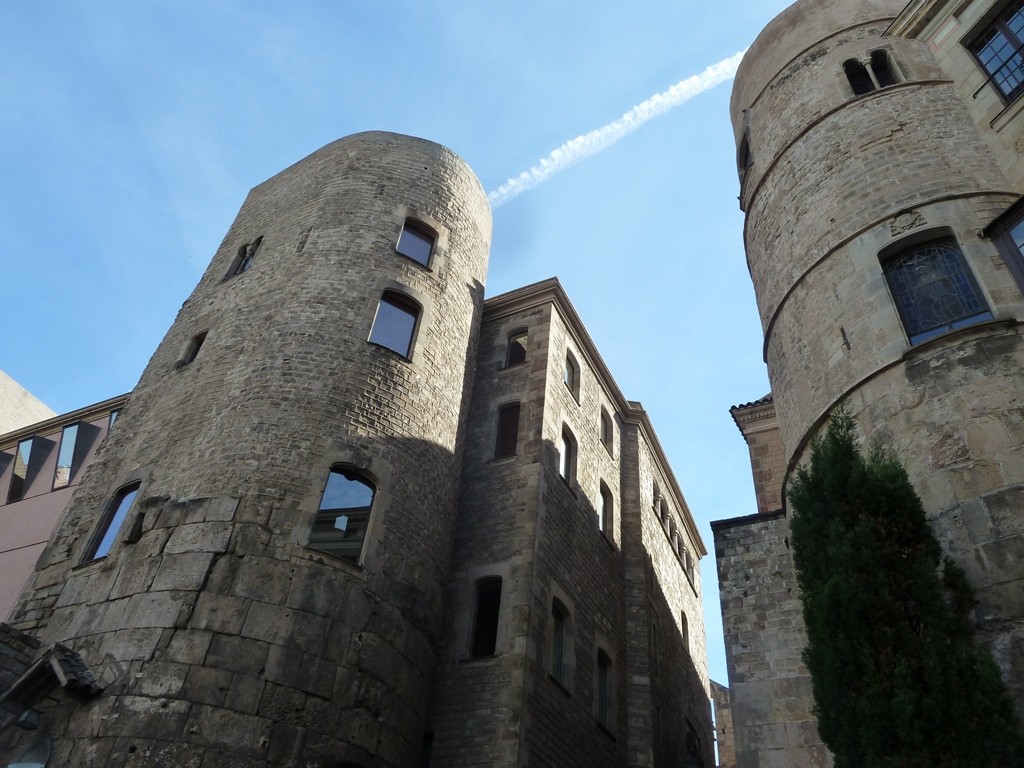
To be precise, I made my way to Plaza de Sant Felip Neri, a small square whose quietness and characteristic atmosphere I found really enchanting. Indeed, the air was pervaded by the delicate scent of incense, while a small crowd of onlookers gathered around a young busker ready to start her show. The place is so charming that you may also fail to notice the memorial plaque found on the facade of the church of Sant Felip Neri. It commemorates the victims of an air raid carried out in 1938 by the troops of Franco. Most of them were children. Nevertheless, with my spirit soothed by the gentle melody of the musician, I resumed my trip, leaving the place on the opposite side and then turning right into Baixada de Santa Eulalia.
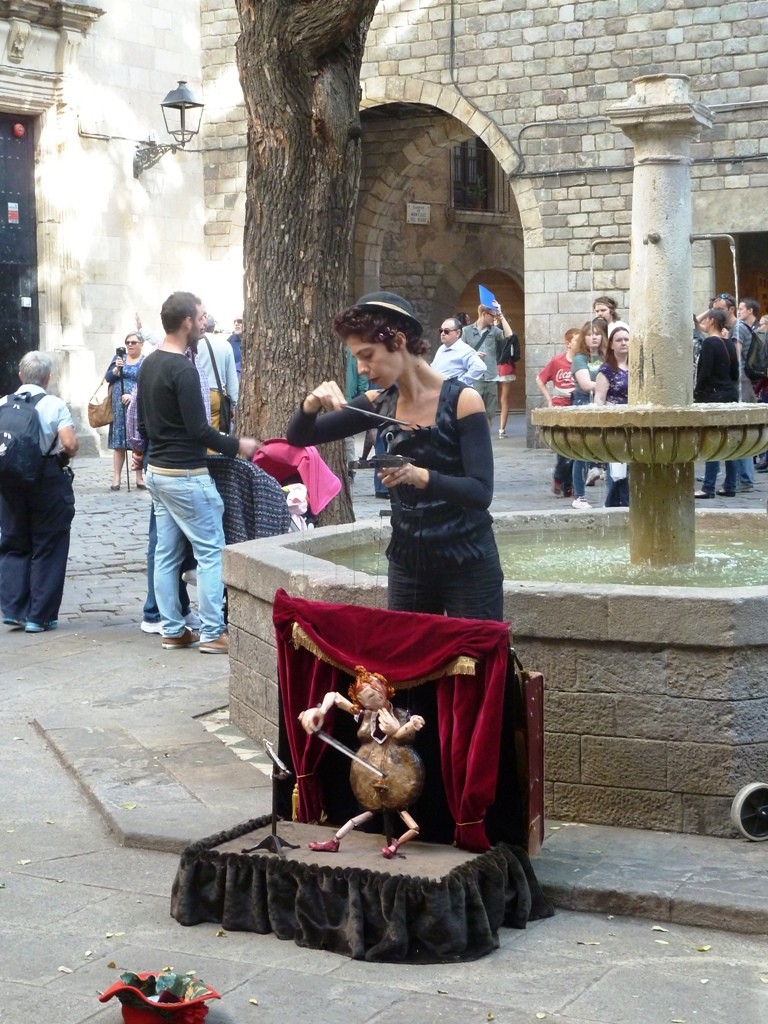
A few metres in moderate descent (from which probably the pompous name of Baixada) brought me to a tiny crossroad of narrow streets, surmounted by an equally tiny statue which, however, is worth stop to admire. Indeed, it is no less than the saint patron of the city, Santa Eulalia, who was embodied in this effigy. Turning left into Carrer de Sant Domenec del Call , then, I made my entrance to one of the most fascinating areas of Barcelona, the old Jewish district (called indeed call). The narrow and almost dark alleys, the minuscule restaurants whose access must be found out, the picturesque boutique make of the Call a really unique place.
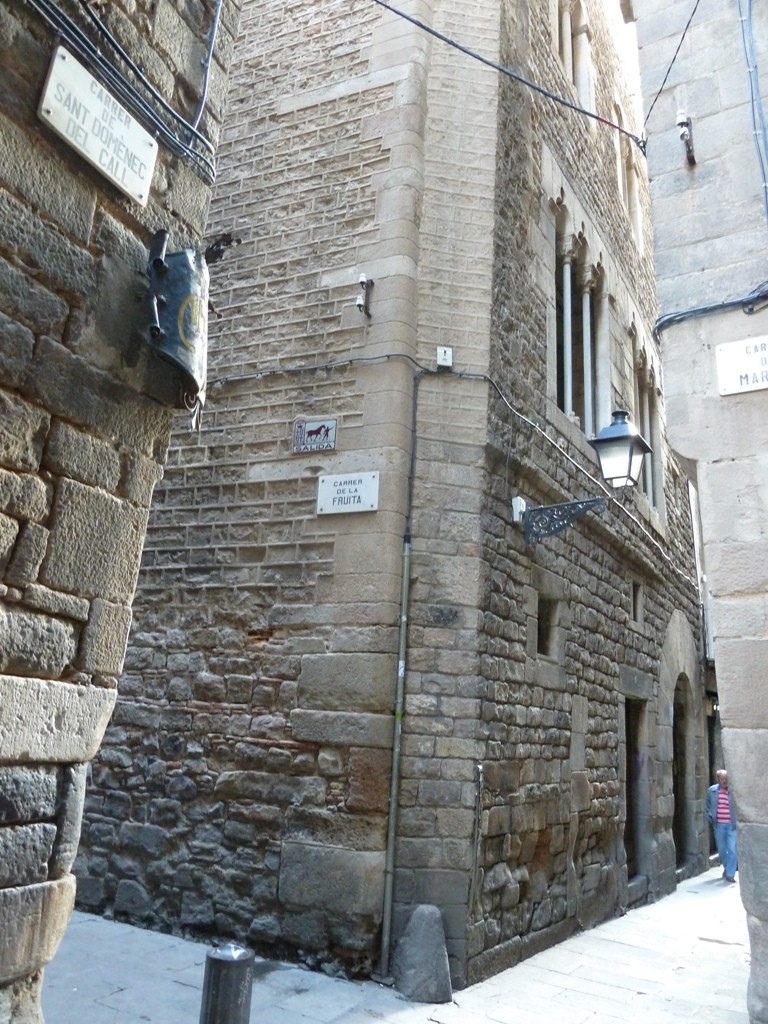
The area corresponding to the old ghetto is quite limited, enclosed betweem Carrer del Call, Carrer dels Banys Nous and Carrer de Sant Honorat. The best way to discover it is probably wandering for the streets following your inspiration. Anyway, you may also decide to visit the Centre d'Interpretaciò del Call (Placeta de Manuel Ribé), where you will find more information about it. In any case, do not miss the gem of the ghetto, the ancient synagogue which was unearthed only in 1996, when an Argentinean found its medieval rest in the banal shop he had just bought. If not a visit (it has now regained its original function) the place is at least worth a close look.
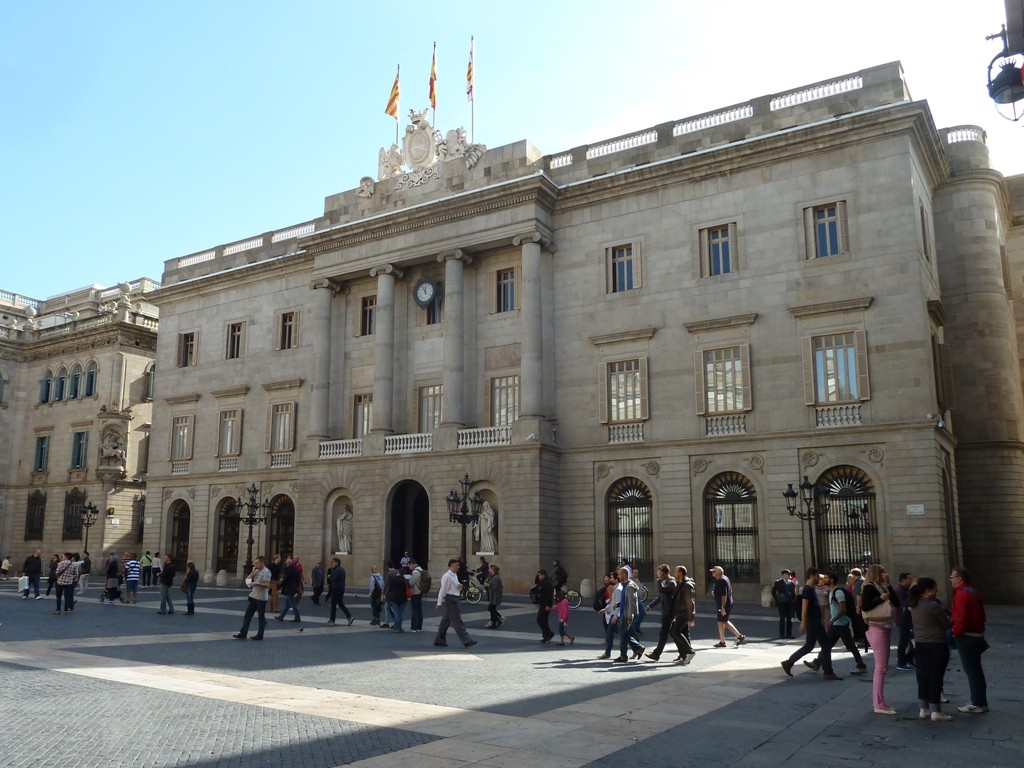
Resuming our itinerary from Carrer del Call, I headed northward towards Plaza de Sant Jaume, the core of the city life since the Romans built there the forum of the ancient Barcino. Though not as picturesque as other plazas, it houses a series of remarkable buildings, namely the Palau de La Generalitat and the Ajuntament, respectively on your left and on your right coming from Carrer del Call. Neither of the two will appear particularly attractive, so the most interesting palace of the square is probably the 15th century Palau Centelles, located in the nearby Plaza de Sant Miquel.
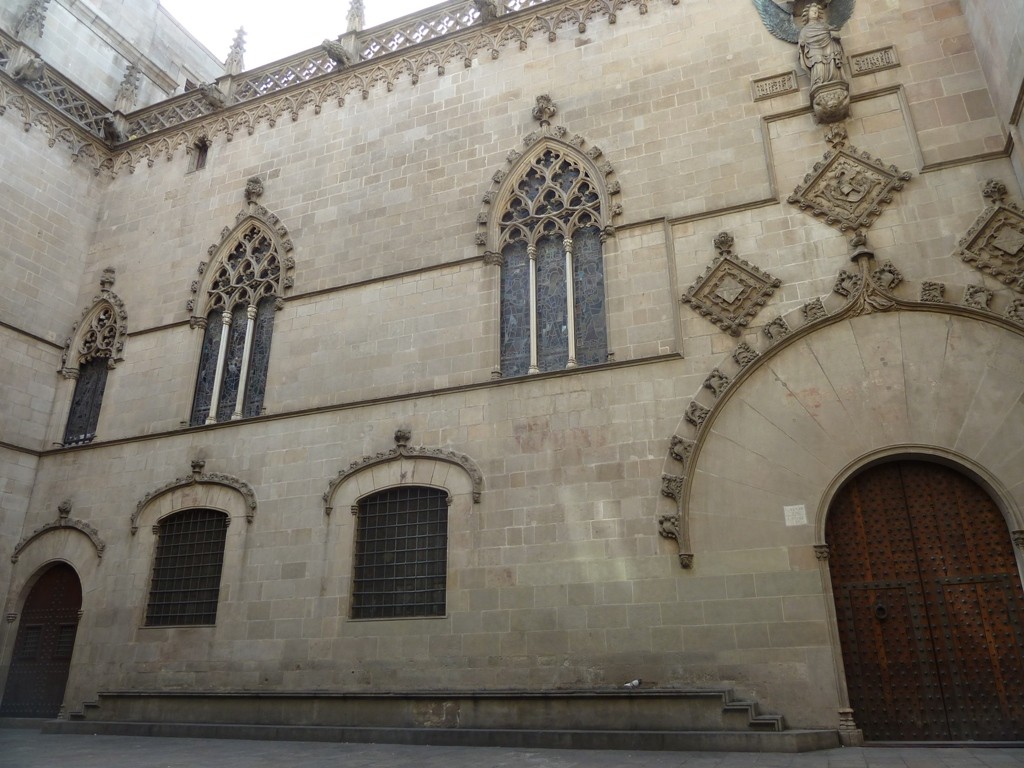
Leaving aside any possible detour, though, I went on for Carrer de la Ciutat, starting right on the left side of the Ajuntament. In this way, I had the chance to admire the only side of the palace preserving the original gothic structure (not by chance, it is doubtlessly the most interesting one). A few steps later, I went left towards the Esglesia dels Sants Just i Pastor, whose imminent presence is announced by the curious bell tower. Finally reaching a small square, it is possible to admire this gothic style church, dating back to the 14th century, in all its beauty. It is also interesting to know a couple of anecdotes about this place: curiously enough, some scenes for the film "Perfume: The Story of a Murderer" were shot there in 2006, while more than 80 years before no less than Antoni Gaudi was arrested in front of the church, where he was going for the Holy Mass, due to his refusal to speak Castilian to the police officers. After spending a day in prison, he was set free as a friend paid for the caution.
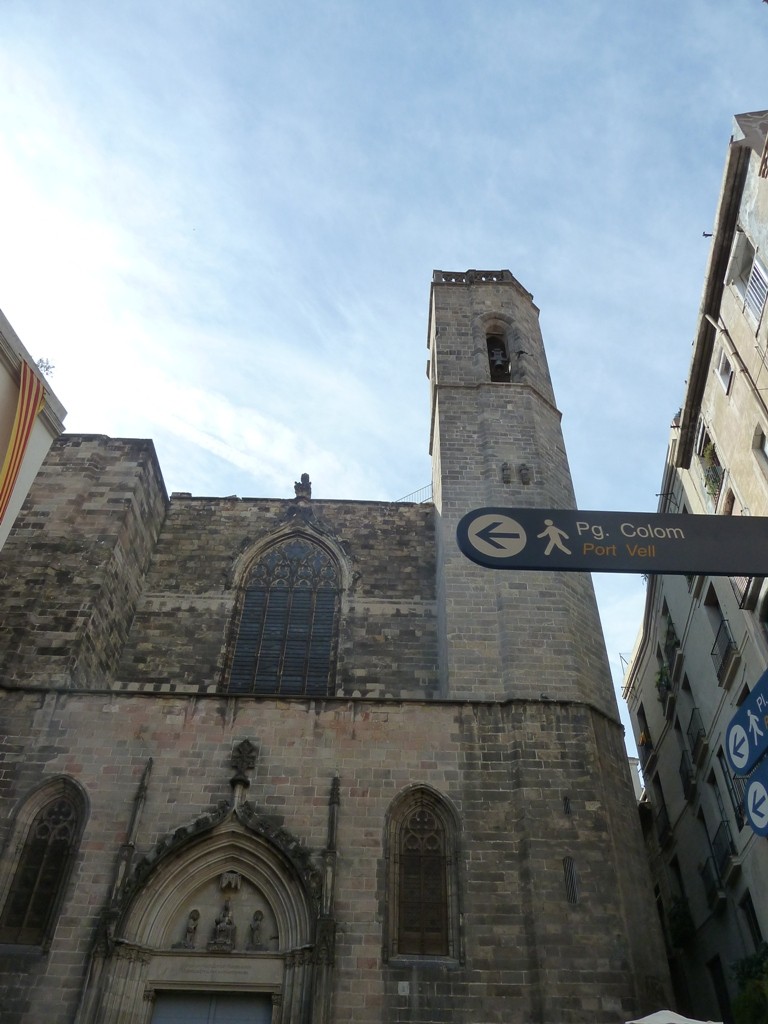
Photo gallery
Content available in other languages
- Français: Au cœur de Barcelone
- Español: En el corazón de Barcelona (4)
Share your Erasmus Experience in Barcelona!
If you know Barcelona as native, traveler or as exchange student... share your opinion on Barcelona! Rate different characteristics and share your experience.
Add experience →
























Comments (0 comments)